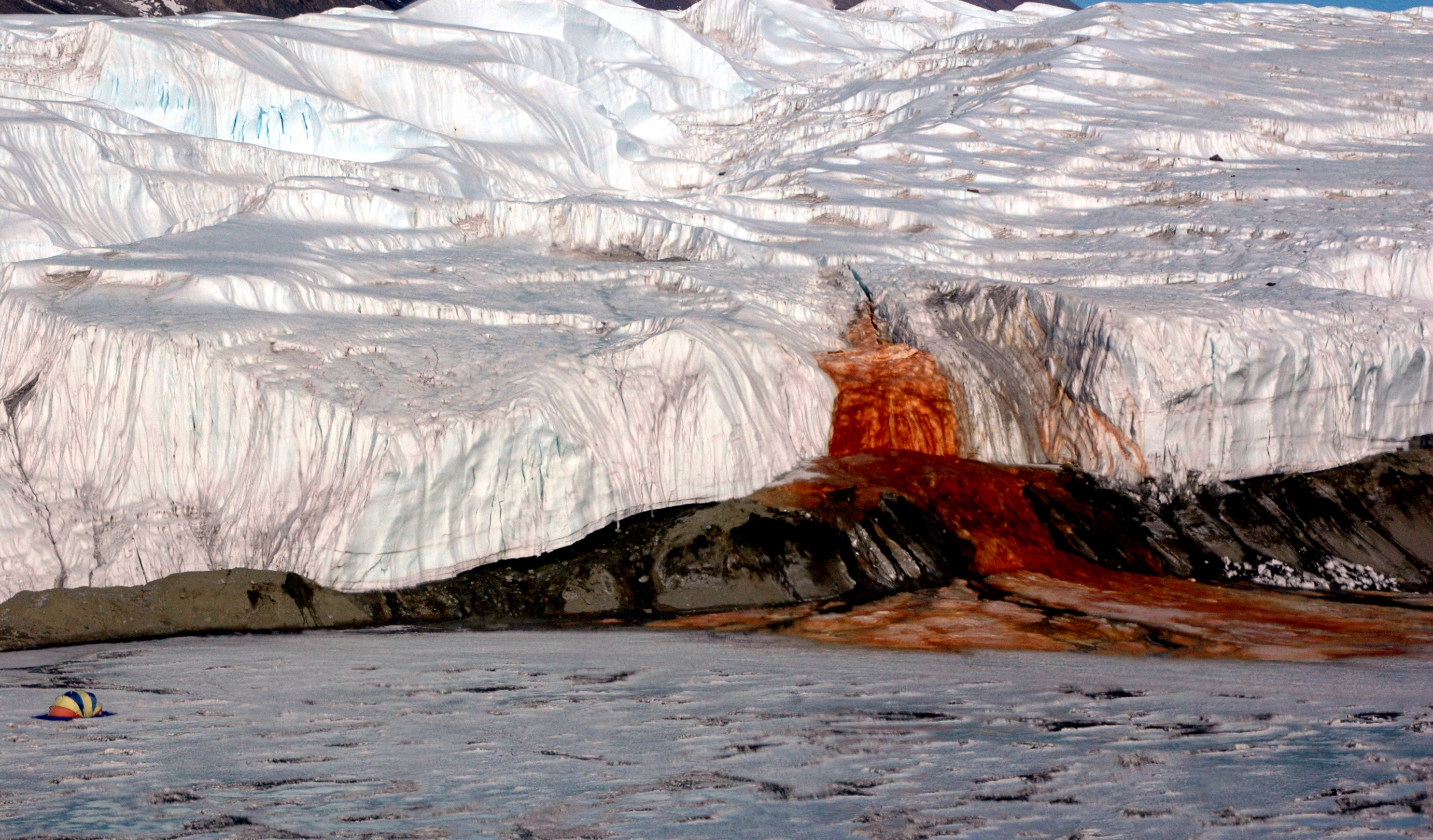
Black Hole Caught Eating Faster Than Normal
Using four telescopes during a coordinated time, astronomers captured the Sgr A* black hole potentially eating material with a near-infrared flare.

JWST’s NRISS Ready for Science
On June 27, NASA confirmed that JWST’s Near-Infrared Imager and Slitless Spectrograph (NIRISS) instrument is ready to begin work.

Ancient Microbes Hint at Possibilities for Other Worlds
In a new paper, researchers detail how different kids of life on Earth used different colors of sunlight to generate energy, allowing them to co-evolve.

Scary Red Ice is just Chemistry in Action
Researchers find that extreme environments in Antarctica known as Blood Falls do not get their deep red color from biology but from rust.

Mars Fans Wave Toward Past Water Flows
In a new pair of papers, researchers look at both where fan-shaped features exist on Mars and when they came into being to understand water on Mars over time.

Rocket News Week of 6/27/22
Rocket Lab launches CAPSTONE, the Lunar Reconnaissance Orbiter spots a new crater, and China launces another Gaofen satellite for their remote sensing constellation.

NASA’s Mission to Psyche Now Launching in 2023
In a June 24 press conference, NASA said that the Mission to Psyche would launch in 2023 or 24, arriving at the asteroid in 2029, not 2026.

NASA Launches Rocket from Australia
On June 26, a Black Brant IX sounding rocket launched, carrying a payload studying X-ray sources to learn how galaxies and the stars in them evolved.

Jupiter’s Atmosphere Contains Planetary Bits
Scientists have determined that Jupiter’s atmosphere isn’t a homogenous mix of gases and actually contains a significant amount of metal.

Review: For All Mankind
Erik Madaus reviews the first episode of season three “For All Mankind” on Apple TV+, which takes a ten year leap into the future after season two.




 Join the Crew!
Join the Crew!
 Escape Velocity Space News
Escape Velocity Space News